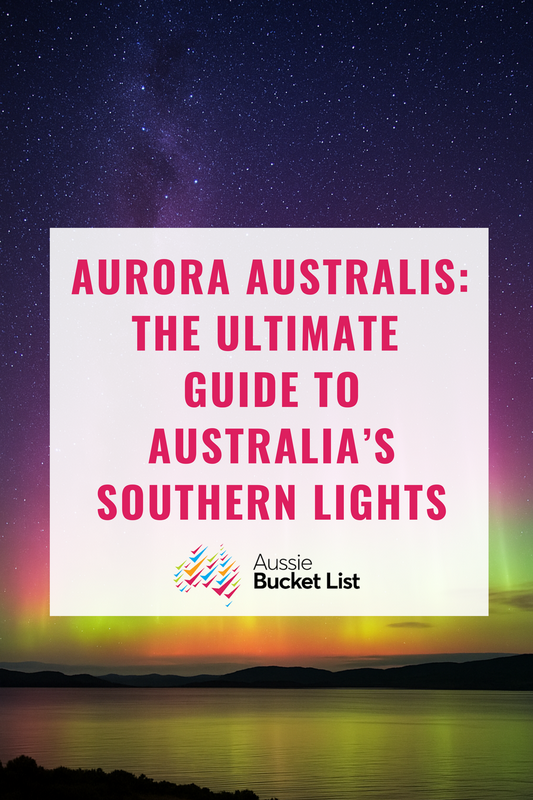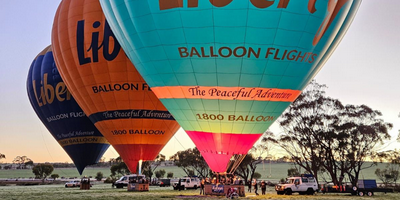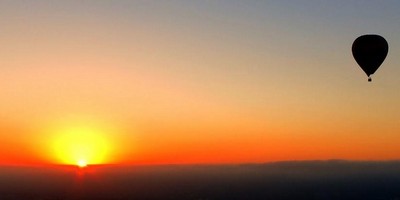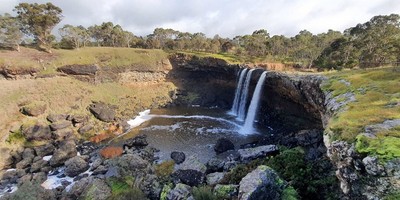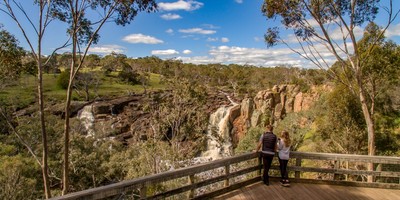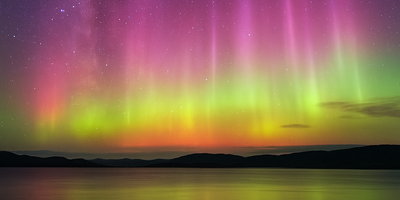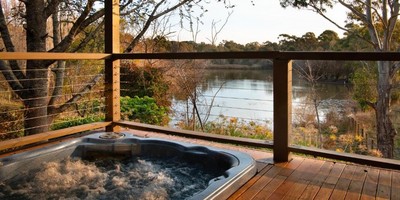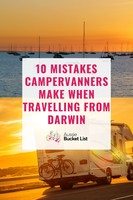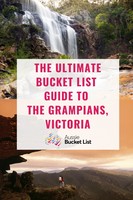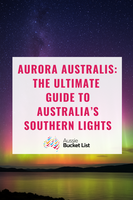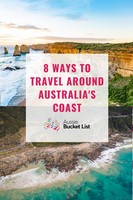Aurora Australis: The Ultimate Guide to Australia’s Southern Lights
Australia 02 October 2025
Introduction
The Aurora Australis, or Southern Lights, is one of the world’s most spectacular natural wonders — and Australia is one of the few places on Earth where you can witness it. This celestial light show transforms the southern night sky into ribbons of green, pink, purple and sometimes deep crimson. Unlike the heavily commercialised Northern Lights, seeing the Aurora Australis feels wild, raw and deeply personal — the kind of bucket list experience every adventurer should chase at least once in their lifetime.
Whether you’re a passionate photographer, a night-sky lover or simply curious about one of nature’s greatest spectacles, this guide will help you understand the science behind the Aurora, find the best viewing locations, and plan an unforgettable trip.
What Is the Aurora Australis?
The Aurora Australis is the Southern Hemisphere’s version of the Aurora Borealis. Both are caused by the same process: electrically charged particles from the sun (solar wind) collide with gases in Earth’s atmosphere. These collisions release photons — light particles — which we see as colourful glowing curtains in the sky.
Different gases produce different colours:
- Green – Caused by oxygen molecules about 100 km above Earth.
- Red – Higher-altitude oxygen (above 200 km).
- Purple, Pink & Blue – Caused by nitrogen molecules.
The strength and vibrancy of the Aurora depend on solar activity. During periods of intense solar storms or coronal mass ejections (CMEs), the aurora can be brighter, visible further north, and last for hours.
When Is the Best Time to See the Southern Lights?
Timing is everything when chasing the Aurora Australis. While the lights can appear year-round, your chances improve dramatically during:
- Autumn & Winter (May – September) - Longer nights and clearer skies make this the peak season.
- Around the New Moon - Darker skies without moonlight help reveal faint auroral colours.
- High Solar Activity - Solar maximum cycles (about every 11 years) bring more frequent and vivid auroras. We’re currently approaching a solar peak (2024–2026) — meaning stronger displays.
Ideal Viewing Conditions
- Clear, cloudless nights
- Minimal light pollution — avoid city lights.
- Southern-facing horizon
- Patience — the lights can appear for minutes or linger for hours.
Where to See the Aurora Australis in Australia
Tasmania — The Southern Lights Capital
Tasmania offers Australia’s best aurora views thanks to its southern latitude and dark skies.
- Mount Wellington / Kunanyi (Hobart) - Only 30 minutes from Hobart, offering panoramic views south.
- South Arm Peninsula - A favourite among aurora photographers, with unobstructed ocean horizons.
- Bruny Island - Remote, dark skies perfect for long exposures.
- Cockle Creek & Recherche Bay - The southernmost point you can drive in Australia — minimal light pollution.
- Cradle Mountain-Lake St Clair National Park - Combine aurora hunting with breathtaking alpine scenery.
Victoria — Southern Coast Views
Though not as reliable as Tasmania, parts of Victoria can deliver surprise shows during strong solar storms.
- Wilsons Promontory National Park - One of Victoria’s darkest sky locations, great for camping and night photography.
- Cape Otway & Great Ocean Road - Stunning coastal foregrounds when the aurora is active.
- Phillip Island - Popular with Melbourne-based aurora chasers.
Other Southern Hemisphere Hotspots
If you’re keen to venture beyond Australia:
- Stewart Island & Dunedin, New Zealand - Both are renowned aurora hotspots with incredible coastal views.
- Antarctica - For the ultimate bucket list trip — the Southern Lights in their purest form.
How to Predict & Track Aurora Activity
Chasing auroras successfully means learning how to read space weather. These resources will help:
- Aurora Australis Forecast & Alerts (App) – Push notifications for geomagnetic activity.
- Space Weather Live (spaceweatherlive.com) – Real-time KP index and solar wind data.
- NOAA Space Weather Prediction Center – Official forecasts for geomagnetic storms.
- Aurora Service AU (aurora-service.net/aurora-forecast/) – Popular among Aussie aurora chasers.
Key Terms to Know
KP Index – A scale (0–9) measuring geomagnetic activity.
- KP 4–5: Visible in Tasmania.
- KP 6–7: Visible in parts of Victoria.
- KP 8–9: Rare — can reach southern NSW.
Solar Wind Speed & Density – Higher numbers increase aurora chances.
Bz (Magnetic Field Direction) – Negative Bz means better aurora conditions.
Photography Tips for Capturing the Southern Lights
The Aurora Australis is magical to the naked eye — but truly breathtaking through a camera. To get that perfect shot:
- Camera: DSLR or mirrorless with manual settings.
- Lens: Wide-angle (14–24mm) with f/2.8 or wider.
- Tripod: Essential for long exposures.
- Settings: Start with ISO 1600–3200, aperture f/2.8, shutter speed 10–20 seconds. Adjust depending on brightness.
- Focus: Set to infinity before dark or use live view on a bright star.
- Shoot RAW: Allows for better post-processing.
- Foreground Interest: Include trees, mountains or water reflections for dramatic effect.
- Be Ready to Move: The lights can shift quickly; reposition if needed.
Indigenous Perspectives on the Aurora
For Australia’s First Nations peoples, the Aurora Australis holds deep cultural meaning.
- In some Aboriginal traditions, the lights represent fires or spirits dancing across the sky.
- Others saw them as warnings or omens, signaling change or messages from ancestors.
Respecting and learning about these perspectives adds a profound layer of meaning to your aurora experience.
Travel Planning & Practical Tips
Stay Flexible – Weather can change quickly; allow multiple nights for aurora hunting.
Accommodation – Choose stays with southern views or easy access to dark sky locations.
Pack Warm – Tasmanian winters are cold; bring layers, gloves, thermal socks and a windproof jacket.
Transport – A car is essential for reaching remote, dark areas.
Stay Safe – Watch out for wildlife on rural roads at night and let someone know your location if venturing solo.
The Science Behind the Colours
Ever wondered why the Southern Lights glow in such diverse colours?
- Green: Most common, produced by oxygen about 100 km above Earth.
- Red: Rare but spectacular, caused by oxygen at very high altitudes (200+ km).
- Purple & Pink: Nitrogen molecules emitting light during high-energy collisions.
- Blue: Sometimes seen closer to the horizon.
Solar storms increase the number of charged particles and the intensity of these colours, creating vivid, fast-moving curtains of light.
The Aurora Cycle — Why 2024–2026 Is a Prime Time
Auroral activity follows the 11-year solar cycle, peaking when the sun’s magnetic field is most active. We’re heading toward a solar maximum now (expected 2025–2026), meaning brighter, more frequent Southern Lights. This is an ideal time for travellers and photographers to plan an aurora adventure.
Bucket List Experience: Why You Should Go
Watching the Aurora Australis is transformative. You’re not just ticking an item off your list — you’re standing under the Earth’s magnetic shield, watching solar energy from 150 million kilometres away dance above you. It’s a powerful reminder of nature’s beauty and our small but magical place in the universe.
Pairing an aurora hunt with Tasmania’s rugged wilderness, world-class food, and rich cultural history makes the journey even more rewarding.
Add the Aurora Australis (Southern Lights) to your Aussie Bucket List HERE.
FAQs About the Aurora Australis
Q: Can I see the Aurora Australis with the naked eye?
Yes — in strong displays, the lights are visible to the naked eye as glowing green or pink bands. A camera often reveals even more intense colours.
Q: Do I need special equipment to see it?
No, but a camera enhances the experience. Binoculars aren’t necessary.
Q: How often does it appear?
Auroras can appear several times a month in Tasmania during winter, but intensity varies. Checking forecasts is essential.
Q: Can I see it in summer?
Possible but less likely — short nights and bright skies reduce visibility.
Q: Is it worth visiting just for the Aurora?
Yes — but combine it with Tasmania’s many attractions (Cradle Mountain, Bruny Island, MONA) to make the trip worthwhile if the lights don’t appear.
